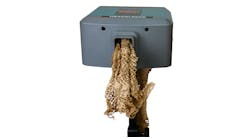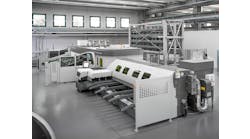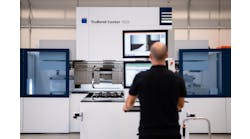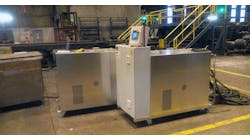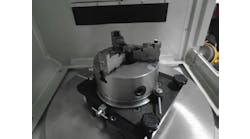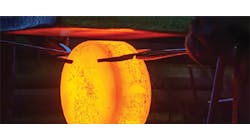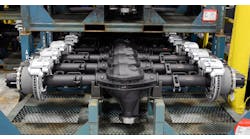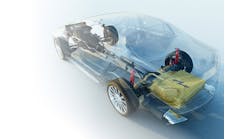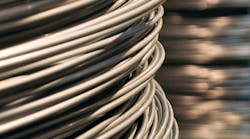Baking the parts at a relatively low temperature after plating would minimize cracking from this source, if it were confirmed as the cause. If there are no tiny seams on the starting wire, I do not have a reasonable explanation without the benefit of actual samples and or metallographic photographs.
For more than 40 years H. James Henning held key technical positions in the forging industry, including as director of technology for the Forging Industry Association, and as president of Henning Education Services, a Columbus, OH, firm specializing in customized education and training in forging technologies.
Guidelines and recommendations offered in this column are based on information believed to be reliable and are supplied in good faith but without guarantee. Operational conditions that exist in individual plants and facilities vary widely. Users of this information should adapt it, and always exercise independent discretion in establishing plant or facility operating practice.
